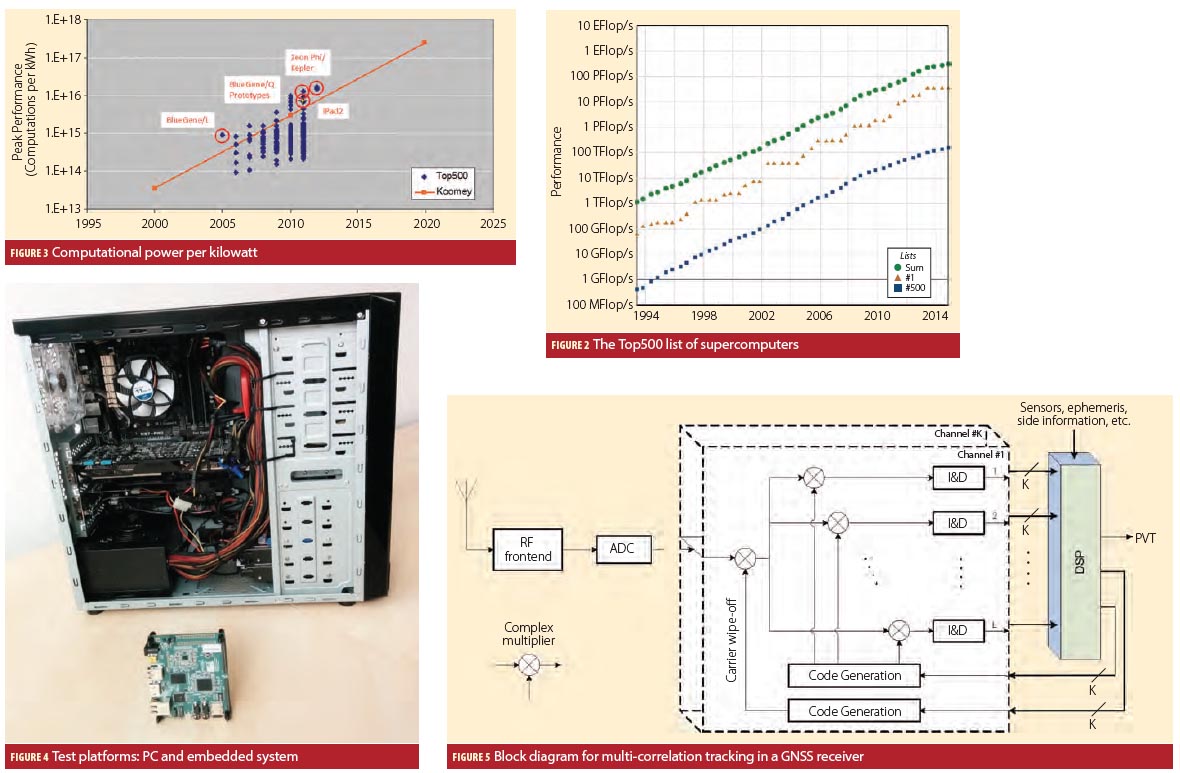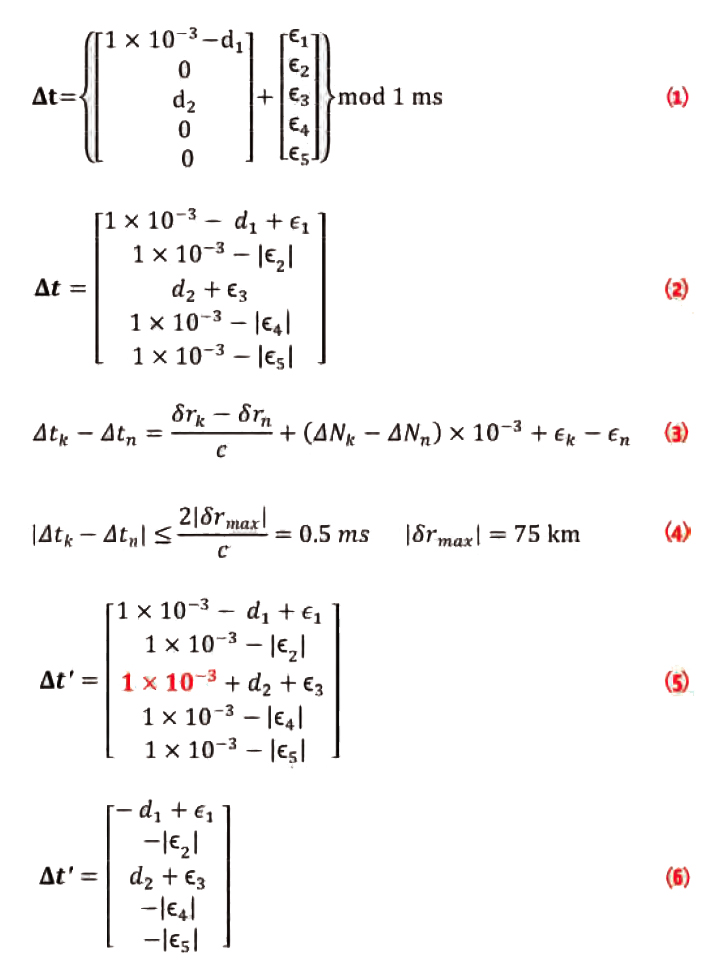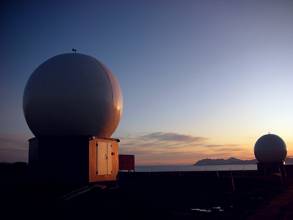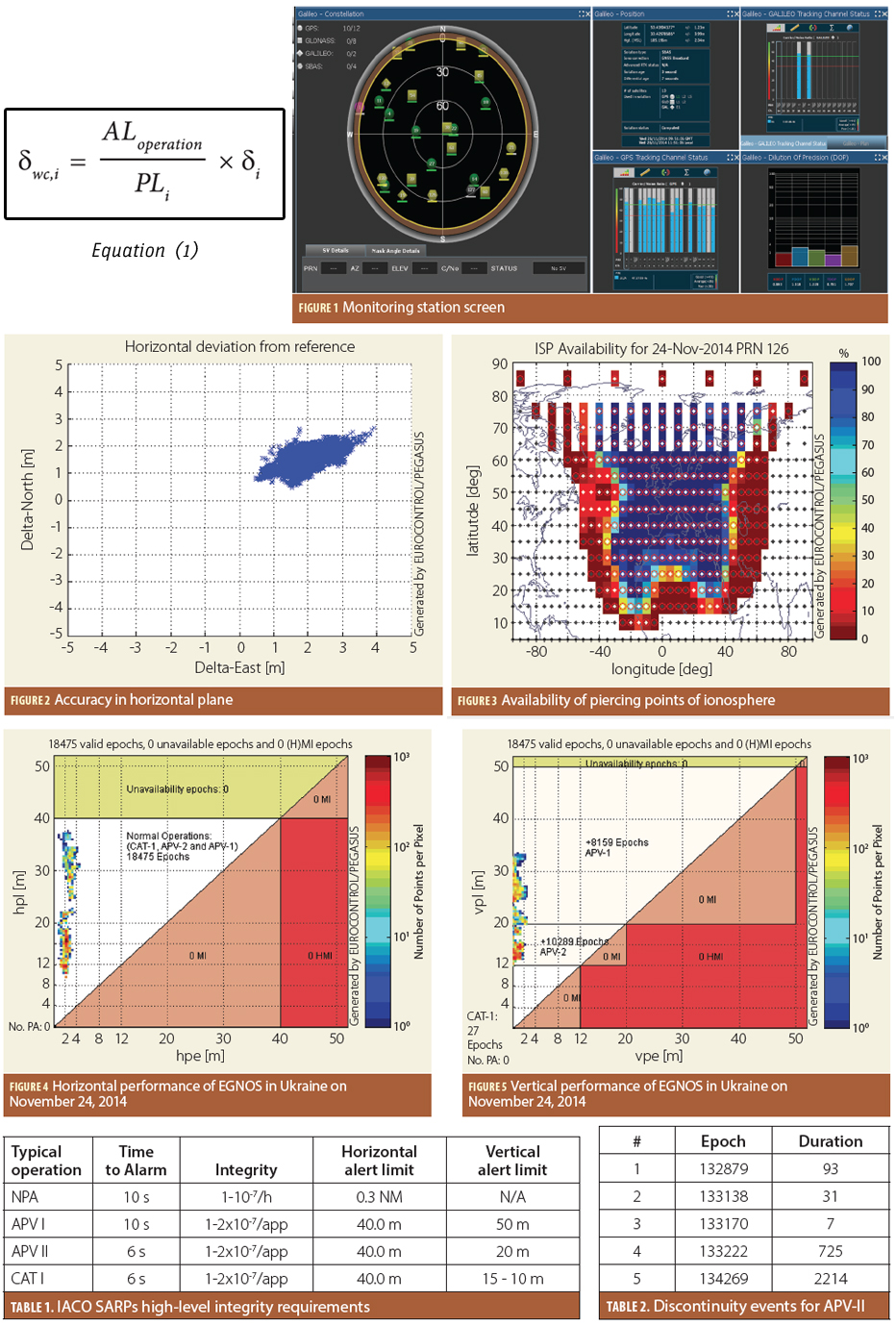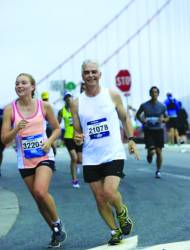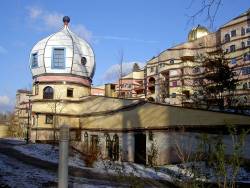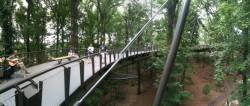GEOINT 2015: United States Geospatial Intelligence Foundation Symposium
 Washington D.C. at sunset
Washington D.C. at sunsetThe eleventh annual GEOINT Symposium and exhibition will take place on June 22 – 25, 2015 at the Walter E. Washington Convention Center in Washington D.C., U.S.A.
Registration for the GEOINT Symposium will open in February 2015.
The event will feature keynote speakers, breakout sessions, and provide attendees an opportunity to learn from leading experts, share best practices, and uncover the latest developments from government, military and private-sector leaders.
By Inside GNSS
















